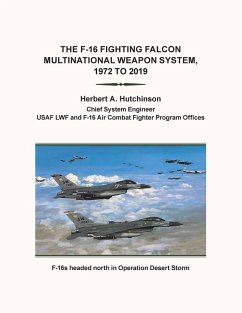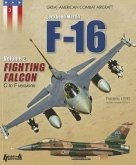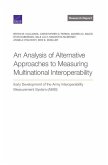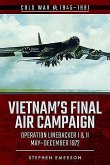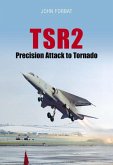This book starts with an overlap of the period from 1963 to 1975, described in final chapters of the "Inside History of the USAF Lightweight Fighters, 1900 to 1975". The next major portion of this book then describes the Transition Contract to "missionize" the General Dynamics YF-16 and Northrop YF-17 designs into a USAF Air Combat Fighter (ACF) and also to "navalize" both ACF designs for potential procurement as the USN Air Combat Fighter (NACF). The latter portion of this book describes the early F-16 Full Scale Development activities and then describes the numerous Block changes made to increase the capabilities of the production F-16 Fighting Falcon aircraft. In the concluding chapter is captured the very purpose for the development of "the fighter pilot's fighter" - the use of the F-16 in operations world-wide. The F-16 Fighting Falcon Multinational Weapon System became the cornerstone of the fighter inventories of over 25 free-world countries for the past forty years and remains in their future plans for a few decades. F-16C/D service life extensions and upgrades continue to be made.
Hinweis: Dieser Artikel kann nur an eine deutsche Lieferadresse ausgeliefert werden.
Hinweis: Dieser Artikel kann nur an eine deutsche Lieferadresse ausgeliefert werden.

